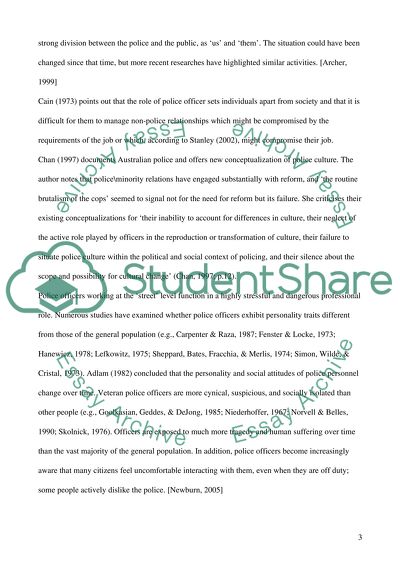Cite this document
(“Police Subculture Essay Example | Topics and Well Written Essays - 2250 words”, n.d.)
Retrieved from https://studentshare.org/social-science/1524119-police-subculture
Retrieved from https://studentshare.org/social-science/1524119-police-subculture
(Police Subculture Essay Example | Topics and Well Written Essays - 2250 Words)
https://studentshare.org/social-science/1524119-police-subculture.
https://studentshare.org/social-science/1524119-police-subculture.
“Police Subculture Essay Example | Topics and Well Written Essays - 2250 Words”, n.d. https://studentshare.org/social-science/1524119-police-subculture.


